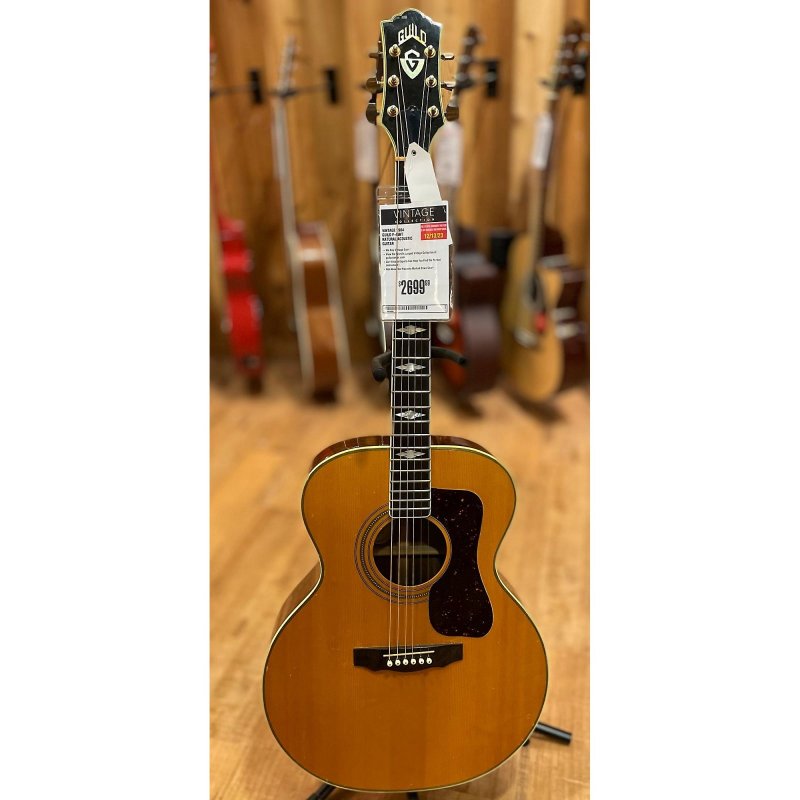Even if Guild had the equipment and ability to cut inlays, it's unlikely that stuff would be included in a factory tour.
The shell dust, especially the abalone dust, is toxic, and can be downright dangerous to someone with a shellfish sensitivity.
So if it existed at Guild, that factory space would be entirely closed from the rest of the factory with its own air filtration system and restricted access. That's primarily for the factory's worker's safety.
Those who do the work all wear bunny suits, fresh-air respirators and gloves when cutting pearl with CAD cutters. It's all done wet, with a continuous water bath that also has a filtration system.
The dust irritates the eye and skin as well as the lungs. Oyster shell isn't as toxic as abalone, and there is shell no one will ever use; conch shell is so hard, it's perfectly safe to handle intact, but the dust when it's cut is highly toxic. (Shellfish toxin, a popular assassination tool, is produced from some types of shells, not the critter that once lived in it, while other toxins do come from the critter. The nautilus is one where both can kill a person, along with several other cuttlefish.)
Hand-cutting is much slower and produces less dust, so those who do it usually only need to wear a high-filtration disposable mask, gloves,and coverings for the arms. The cutting can be dry when done by hand, with constant wipe-downs using disposable wipes.
In Vietnam, it's all done outside, as far as I know. The workers there must just rinse themselves off frequently to keep from getting sick.
Some of the wood used commonly for guitar making is also irritating/toxic too. Cedar, redwood, cocobolo, ipe, and some other woods are all very irritating and can cause particle pneumonia to set in when a worker isn't protected from the sawdust. But none of the wood is as toxic as the shells, so it takes longer exposure to them, so a particle mask and gloves is usually enough to keep a worker safe.


